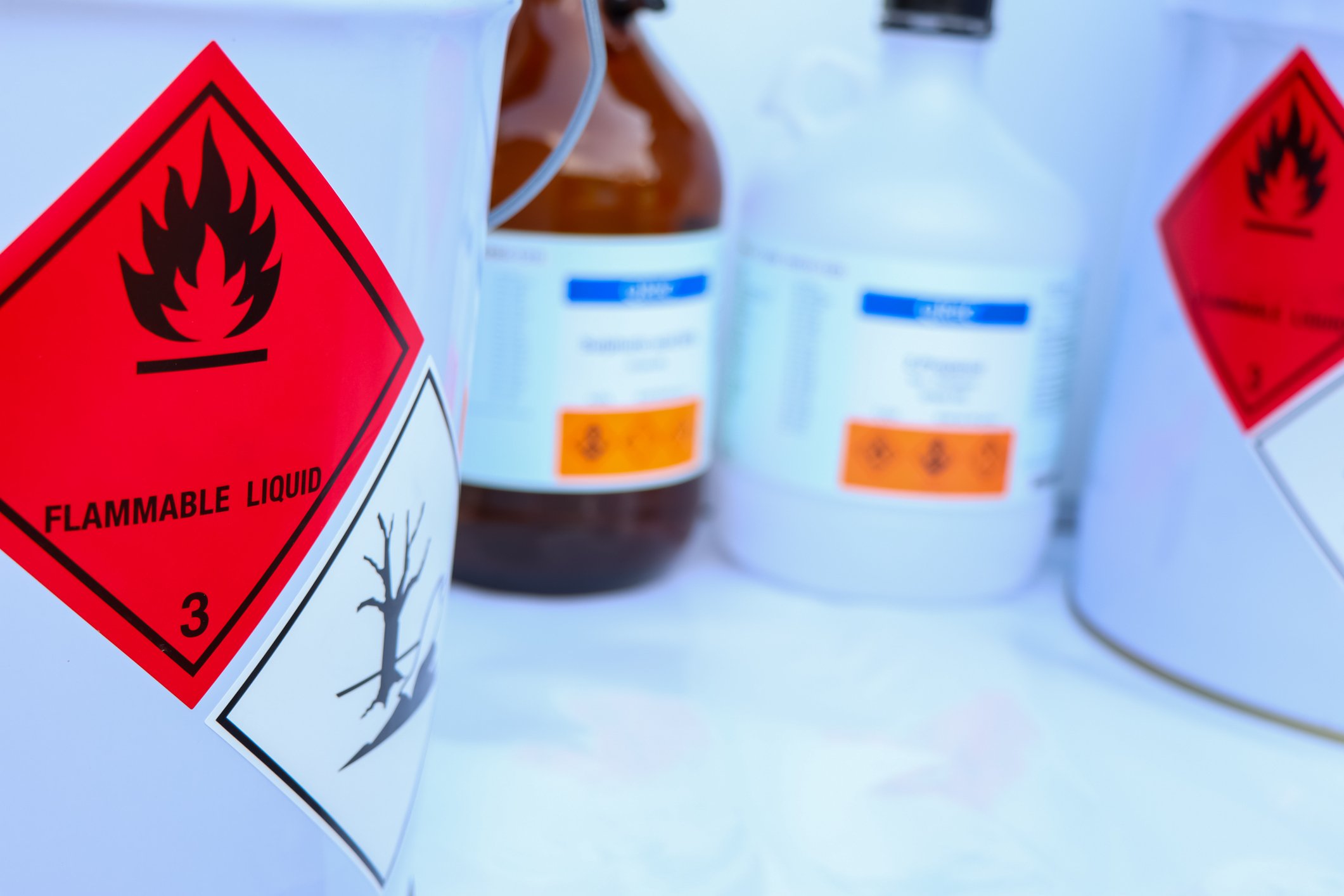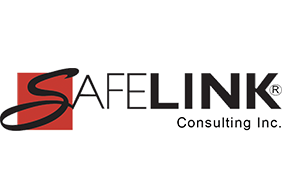Changes to OSHA's Hazard Communication Standard have the potential to impact your business. OSHA states in the May 20, 2024 announcement that the reason for the update to the Hazard Communication Standard is “to better protect workers by improving the amount and quality of information on labels and safety data sheets and allow workers and first responders to react more quickly in an emergency”.
Effect of 2024 Updated Hazard Communication Standard
On May 20, 2024, the Occupational Safety and Health Administration (OSHA) announced that a final rule updating the Hazard Communication Standard (HCS) will go into effect on July 19, 2024. The following information provides a brief history of this standard along with details on this latest update.
History of Hazard Communication Standard 29 CFR 1910.1200
The development of the Hazard Communication Standard was initiated by OSHA in 1974 with the original rule to cover employees in the manufacturing sector of industry only. That rule was modified on August 24, 1987 to expand the coverage to all industries where employees are exposed to hazardous chemicals.
The next most significant update occurred in 2012 when it was aligned with the United Nations Globally Harmonized System of Classification and Labeling of Chemicals (GHS). This update included new labeling elements and safety data sheet formatting that required employers to update any alternative workplace labeling, update the hazard communication program, and provide any additional employee training for newly identified physical or health hazards by June 1, 2016.
2024 Update of HCS
OSHA states in the May 20, 2024 announcement that the reason for the update is “to better protect workers by improving the amount and quality of information on labels and safety data sheets and allow workers and first responders to react more quickly in an emergency”.
The scope and framework of the current Hazard Communication Standard (HCS) has not changed. The new rule requires more comprehensive and readable labels on small packaging and trade secrets will not prevent disclosure of critical hazard information on the SDSs . Most of the updates apply to chemical manufacturers, importers, and distributors. They are required update hazard classes to better inform users about explosives, aerosols, and chemicals under pressure plus update precautionary statements on how to safely handle, store, and dispose of hazardous chemicals. This update harmonizes the HCS with the seventh revision of the GHS.
OSHA’s Tiered Approach for Compliance for Chemical Manufacturers, Importers, and Distributors Evaluation Substances and Mixtures
By January 19, 2026, update labels and SDSs for substances (within 18 months of publication).
By July 19, 2027, update labels and SDSs for mixtures (within 36 months after publication).
OSHA’s Tiered Approach for Compliance for Chemical Manufacturers, Importers, Distributors, and Employers
By July 20, 2026, update alternative workplace labeling for newly identified physical hazards, health hazards, or other hazards for substances (within 24 months after publication).
OSHA’s Tiered Approach for Compliance for Employers
By January 19, 2028, update workplace labels, hazard communication program, and training as necessary for mixtures (within 42 months after publication).
Transition Period
During the Transition Period that begins July 19, 2024, chemical manufacturers, importers, distributors, and employers may comply with either 29 CFR 1910.1200 or the previous (2012) standard, or both.
Alert to Employers
If you are NOT a chemical manufacturer, importer, or distributor, then it is important to review any newly published Safety Data Sheets to ensure that any alternative labeling that you’re using in your facility is accurate. For instance, if you have labeled a secondary container and then receive information on a product label or on an SDS that there are newly identified physical hazards, health hazards or other hazards, then you must do the following:
> Change the alternative labeling on your products in use in your facility by your workers. This update requires chemical manufacturers, importers, distributors, or employers who become aware of any significant information regarding the hazards of a chemical to revise the labels for the chemical within six (6) months of becoming aware of the new information.
> Provide training to workers who are using or are exposed to that product so they are aware of this new information.
Other Updates for Chemical Manufacturers, Importers, and Distributors
OSHA has published a Side-by-Side Comparison of HCS 2012 to HCS 2024 and it is available at https://www.osha.gov/sites/default/files/HCS_side-by-side.pdf.
Ensure that you review the changes that apply to your type of operation. Here are some of the changes:
> Definitions have been expanded on to define Bulk Shipment, Combustible Dust, Gas, Immediate outer package, Liquid, Physical Hazard, Physician or other licensed health care professional, Released for Shipment, and Solid.
> Hazard classification as it pertains to a change in the chemical’s physical form and chemical reaction products associated with known or reasonably anticipated uses or applications.
> Labels and other forms of warning: Labels for bulk shipments of hazardous chemicals must be on the immediate container or other documentation so it is in printed form on the receiving end of the shipment.
> If a chemical manufacturer, importer, or distributor elects not to relabel products, then they must provide a label with the shipment.
> New section for small container labelling when “the chemical manufacturer, importer, or distributor can demonstrate that it is not feasible to use pull-out labels, fold-back labels, or tags containing the full label information required by paragraph (f)(1) of this section.”
> On the SDS if the concentration or concentration range is being claimed as a trade secret, then the SS provides the ingredient’s concentration as one of the prescribed ranges shown in the updated HCS.
> For substances and mixtures, chemical manufacturers, importers, and distributors evaluating substances shall update any alternative workplace labeling, update the hazard communication program, and provide any additional employee training for newly identified physical hazards, health hazards, or other hazards.
> The information above is a summary and is not intended to be a substitute for a chemical manufacturer, importer, distributor, or employer to read the updated HCS and take appropriate action to update their hazard communication program.
State OSHA Plans
In states where OSHA has approved state plans, those state plans must at a minimum comply with the above requirements, but can publish at a later date additional requirements. If you're in a state plan, you should watch for how your state OSHA plan applies this update.
Written Program Updates
SafeLink has determined that the Hazard Communication Program contained in its health and safety manual does not need any edits due to this HCS update, However, employers should stay vigilant for any modifications to labeling and Safety Data Sheets, ensuring that any newly identified physical, health, or other hazards are promptly communicated to their workers. Contact SafeLink if you have any questions or need any additional information regarding this HCS update.
Implementing the Hierarchy of Controls for Workplace Hazards
Learn more about Dental Lab OSHA Compliance and FDA Dental Regulations






